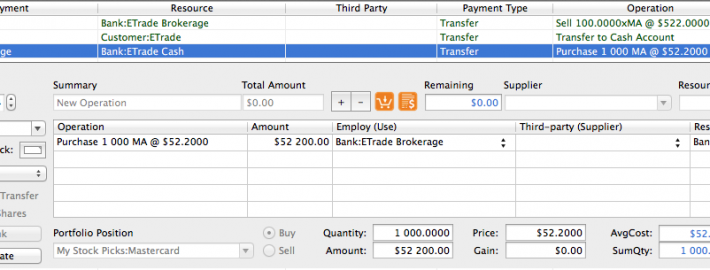How to use AirDrop on your iPad?
When you want to transfer a file from your iPad to a Mac, you can simply use the embedded AirDrop feature to seamlessly move any of your file to any Mac for which you have AirDrop rights.
This requires both the iPad to run iOS 8 and the Mac to run OS X 10.10 (Yosemite).
Simply follow these steps:
- First, ensure that you enabled AirDrop; if not, activate it (you need both WiFi and Bluetooth)
- Open BudgetInMind on your iPad. If a file is opened, simply close it to return to the File Manager
- Press the Share button in the toolbar and press “Send a Copy”
- Select the file you wish to transfer
- If you want to transfer a file by Email, press the Zipped File image, otherwise, select the Standard format
- Wait for AirDrop to find your Computer then press the icon of the destination computer
- That’s it. The file is uploaded to your Mac where you’ll have a choice to directly open it or it will be saved in your Download folder for later use
To Send a file from your Mac to your iPad, simply do the reverse. You can directly drop any BudgetInMind file in your iPad icon on your AirDrop folder, or use the share Button embedded within BudgetInMind for Mac.
An alert box will popup asking you to accept the incoming file.
If the file already exists, we will rename it to prevent erasing your existing files.




 Français
Français